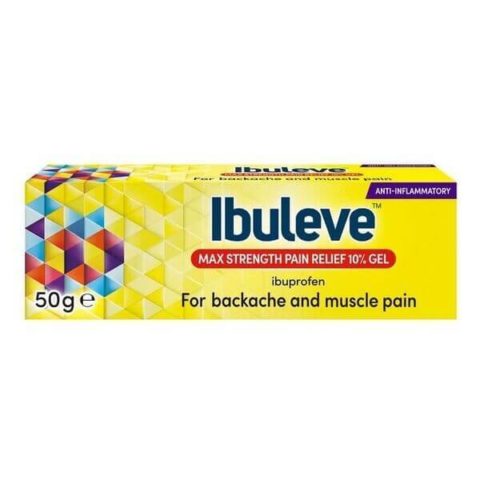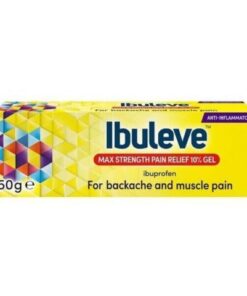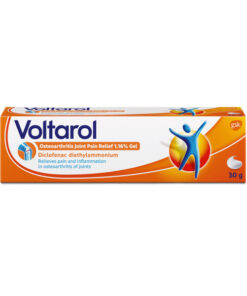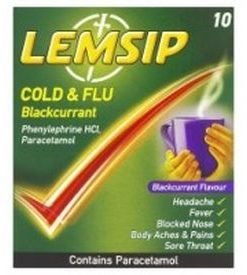
About Ibuleve Gel
| Attribute | Details |
|---|---|
| Medication Name | Ibuleve Gel |
| Type and Form of Medicine | Topical Gel |
| What it Does | Pain relief, anti-inflammatory |
| Active Ingredients | Ibuprofen |
| Strength | 5% w/w |
| Size | 30g, 50g, 100g |
| Patient Information Leaflet | URL to Patient Information Leaflet |
What is Ibuleve Gel?
Ibuleve Gel is a topical medication designed to relieve pain and reduce inflammation. It contains ibuprofen, a well-known non-steroidal anti-inflammatory drug (NSAID). This gel is applied directly to the skin over the affected area, allowing the active ingredient to penetrate the skin and target the source of pain and inflammation.
What is Ibuleve Gel used for?
Ibuleve Gel is primarily used for pain relief and to reduce inflammation. It is effective in treating various conditions, including:
- Muscular pain
- Backache
- Rheumatic pain
- Sprains and strains
- Sports injuries
In addition to these common uses, Ibuleve Gel can also help alleviate pain and inflammation associated with mild arthritis.
How does Ibuleve Gel work?
Ibuleve Gel works by delivering ibuprofen directly to the affected area through the skin. Ibuprofen inhibits the production of prostaglandins, which are chemicals in the body that cause pain and inflammation. By reducing the levels of prostaglandins, Ibuleve Gel helps to relieve pain and reduce swelling in the affected area. This targeted approach allows for effective pain relief with minimal systemic absorption, reducing the risk of side effects compared to oral NSAIDs.
Who is Ibuleve Gel suitable for?
Ibuleve Gel is suitable for adults and children over the age of 12 who need relief from pain and inflammation. However, certain individuals should avoid using this medication, including:
- People allergic to ibuprofen or any other ingredients in the gel
- Individuals with a history of asthma, allergic reactions, or skin reactions to NSAIDs
- Pregnant or breastfeeding women, unless advised by a doctor
- People with broken or damaged skin in the area where the gel will be applied
If you have any underlying health conditions or are taking other medications, consult your doctor or pharmacist before using Ibuleve Gel.
How to apply Ibuleve Gel
- Wash and dry your hands before applying the gel.
- Squeeze a small amount of gel onto your fingertips.
- Gently rub the gel into the affected area until it is absorbed.
- Wash your hands after applying the gel, unless treating your hands.
- Do not cover the treated area with a bandage or plaster.
Apply Ibuleve Gel up to three times a day, leaving at least four hours between applications. Do not use more than the recommended amount.
Use Ibuleve Gel for as long as needed to relieve pain, but if symptoms persist for more than two weeks, consult your doctor or pharmacist.
Ibuleve Gel Side Effects
Like all medications, Ibuleve Gel can cause side effects, although not everyone will experience them. Below are some common, uncommon, and serious side effects:
Common Side Effects
- Skin irritation at the application site
- Redness
- Itching
Uncommon Side Effects
- Rash
- Dry skin
- Peeling skin
Serious Side Effects
- Severe allergic reactions, such as swelling of the face, lips, or throat
- Difficulty breathing
- Severe skin reactions, such as blistering or peeling
For a full list of side effects, please refer to the patient information leaflet.
Ibuleve Gel Ingredients
Active Ingredients: The active ingredient in Ibuleve Gel is ibuprofen, which is present at a concentration of 5% w/w.
Other Ingredients: Ibuleve Gel also contains hydroxyethylcellulose, sodium hydroxide, benzyl alcohol, isopropyl alcohol, and purified water.
Important Information
- Do not use Ibuleve Gel if you are allergic to ibuprofen or any other ingredients in the gel.
- Avoid contact with eyes, mouth, or other mucous membranes.
- Do not apply to broken or damaged skin.
- If you experience any severe side effects, stop using the gel and seek medical attention immediately.
- Keep out of reach of children.
- Store the gel at room temperature and do not freeze.
- Do not use the gel after the expiry date printed on the packaging.













